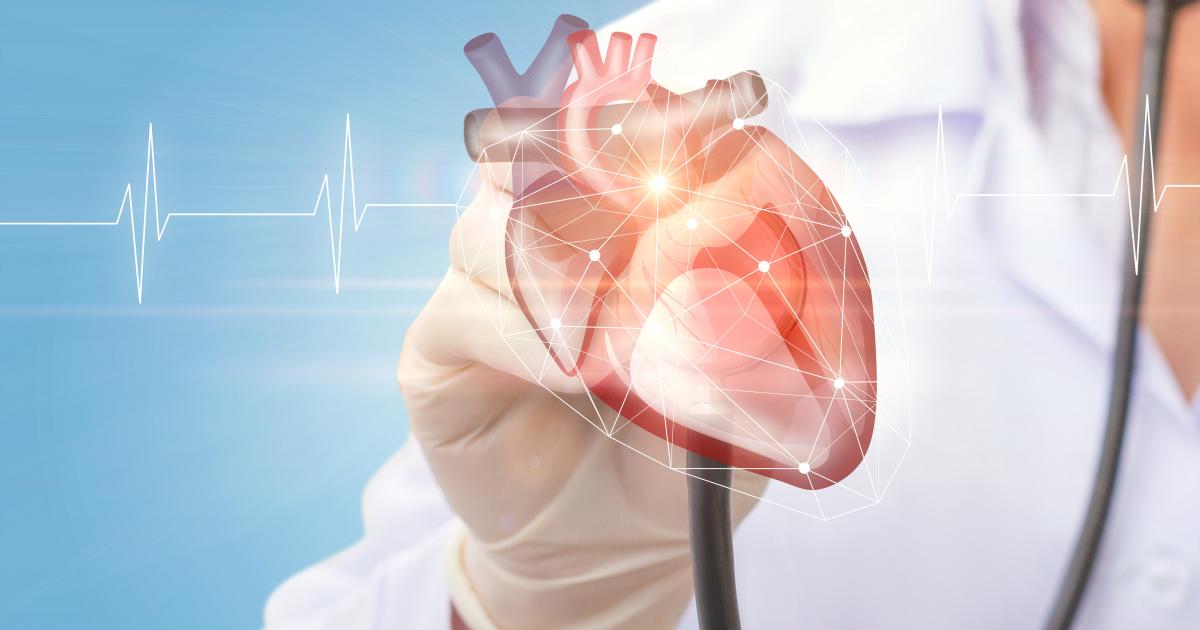Risk Factors And Causes Of Left Ventricular Hypertrophy
Left ventricular hypertrophy occurs when the walls of the heart's left ventricle become enlarged and thickened. The left ventricle thickens as a response to one or more factors that makes it work harder than it usually would. An increase in workload causes the muscular tissues in the walls of the ventricle to become thicker, and subsequently, the overall size of the ventricle increases. This overall size increase causes the muscle of the heart to lose its elasticity, and it fails to pump as hard as it should. Additionally, the thickened left ventricle can compress the coronary arteries or the blood vessels that supply the chamber with blood. This compression causes a blood flow restriction to the left ventricle, reducing its function. Common symptoms include fatigue, dizziness, fainting, breathlessness, chest pain, and palpitations.
Various factors can increase an individual's risk for developing left ventricular hypertrophy, and several conditions can cause it to form. Learn about these now.
Hypertrophic Cardiomyopathy

Hypertrophic cardiomyopathy is a type of heart disease that results in the thickening of one or more parts of the heart muscle. It is a disease that is usually an inherited gene mutation present in the heart muscle proteins. It is also possible for hypertrophic cardiomyopathy to develop over some time in an individual who has long-term high blood pressure. Other diseases such as thyroid disease and diabetes can also cause this condition to develop. In individuals who have hypertrophic cardiomyopathy, the septum or the wall that separates the left and right sides of the heart may become thickened. The walls of one or both ventricles may become thickened, but in hypertrophic cardiomyopathy, the ventricles often stay a normal size overall. The result of this mechanism is a compromise of space in the interior of the ventricles. A decreased amount of space inside of the ventricles will not allow the blood to flow out of one or both of them effectively. When hypertrophic cardiomyopathy develops in just the left ventricle, it can cause left ventricular hypertrophy. When this condition affects other regions of the heart, left ventricular hypertrophy is likely also to develop. This increased risk is a result of the left ventricle working harder to compromise for the functional shortcomings of the parts of the heart affected by hypertrophic cardiomyopathy.
Get the details on more causes and risk factors of left ventricular hypertrophy now.
Aortic Valve Stenosis

Aortic valve stenosis is a heart valve disease where the aortic valve opening becomes narrowed. It can be a result of a heart defect present when an individual is born, or it can develop over time. Calcium buildup on the valve and scarring from rheumatic fever can cause aortic valve stenosis. When a patient has this condition, their aortic valve is unable to open fully to allow blood to flow out of the heart and into their aorta or the main artery that supplies blood to the body. Oxygen-poor blood from the body flows into the right atrium of the heart, into the right ventricle, and then out to the lungs. The oxygenated blood comes back from the lungs and flows into the left atrium and down into the left ventricle. From the left ventricle, the newly oxygenated blood has to flow through the aortic valve and then into the aorta to supply the rest of the body. However, when the aortic valve becomes narrowed, the left atrium and left ventricle have to work much harder to push the blood out of the heart through the aortic valve and into the aorta. As a result of this overburden on the left ventricle and atrium, left ventricular hypertrophy develops, or the left ventricle walls become thickened.
Continue reading to reveal more risk factors and causes of left ventricular hypertrophy now.
Hypertension

Hypertension occurs when the blood exerts too much force against the blood vessel walls. It is medically defined as a blood pressure reading of 130/80 millimeters of mercury or higher. This can be a result of another underlying medical condition, or it can be due to genetic factors. The consumption of certain medications and substances may also cause a patient to have high blood pressure. When an individual is overweight or obese, their blood volume increases. The increase in blood volume causes blood pressure to rise as well. Lifestyle choices such as diet, alcohol consumption, inactiveness, and tobacco use can also cause high blood pressure. When an individual has hypertension for an extended duration of time, the heart has to work harder to adequately pump the blood against the elevated pressure in the blood vessels. The elevated vessel pressure causes resistance in the normal flow of oxygen-rich blood throughout the body. As the heart works harder to compensate for this, the muscle tissues of the left ventricle will thicken, and left ventricular hypertrophy will progress.
Uncover more information on risk factors for left ventricular hypertrophy now.
Age And Gender

Age and gender cannot cause left ventricular hypertrophy to develop on their own, but both factors can increase an individual's risk of developing it. Women are more likely to develop left ventricular hypertrophy when they have high blood pressure than men. Studies have suggested the reason behind this is that women experience more significant damage to organs and blood vessels from high blood pressure than men do. In addition, women have smaller coronary arteries on average than men. The smaller coronary artery size combined with high blood pressure can cause a limitation of blood flow to the tissues of the heart. Reduced blood flow to part of the muscular heart tissue causes other regions of the heart to work harder in efforts to compensate. This overburden can cause the left ventricle to become thicker than usual.
Advanced age can cause an individual to have an increased risk for developing left ventricular hypertrophy in several ways as well. The arteries around the body become hard and stiff as an individual ages and plaque can also build up in the arteries that cause the heart to work harder. Hormones can influence the way calcium channels regulate the heart rhythm, and an individual of advanced age is more likely to experience high blood pressure than those who are younger.
Discover additional risk factors for left ventricular hypertrophy now.
Increased Weight

There are various ways in which increased weight can increase the risk of the development of left ventricular hypertrophy. Individuals who are overweight or obese will have higher blood pressure due to increased blood volume. These individuals also have an increased amount of adipose or fat tissue that necessitates greater metabolic requirements, more cardiac output, and vascularity. Overweight or obese individuals also have an increased intake of calories than individuals of a healthy weight. Increase caloric intake means the individual has an increased sodium intake. Sodium causes the body to retain fluid, and fluid retention puts more pressure and resistance on the blood when it moves through blood vessels. Furthermore, factors of an overweight or obese individual's immune system will infiltrate the growing adipose or fat tissues, which causes the body to have irregular metabolic function accompanied by inflammation. Inflammation combined with metabolic alterations causes more significant damage to blood vessels and organs around the body precipitated from high blood pressure. Consequences of excess fat tissue are commonly found to cause the development of left ventricular hypertrophy.
